Richard Deacon embraces failure in Antwerp with stellar results
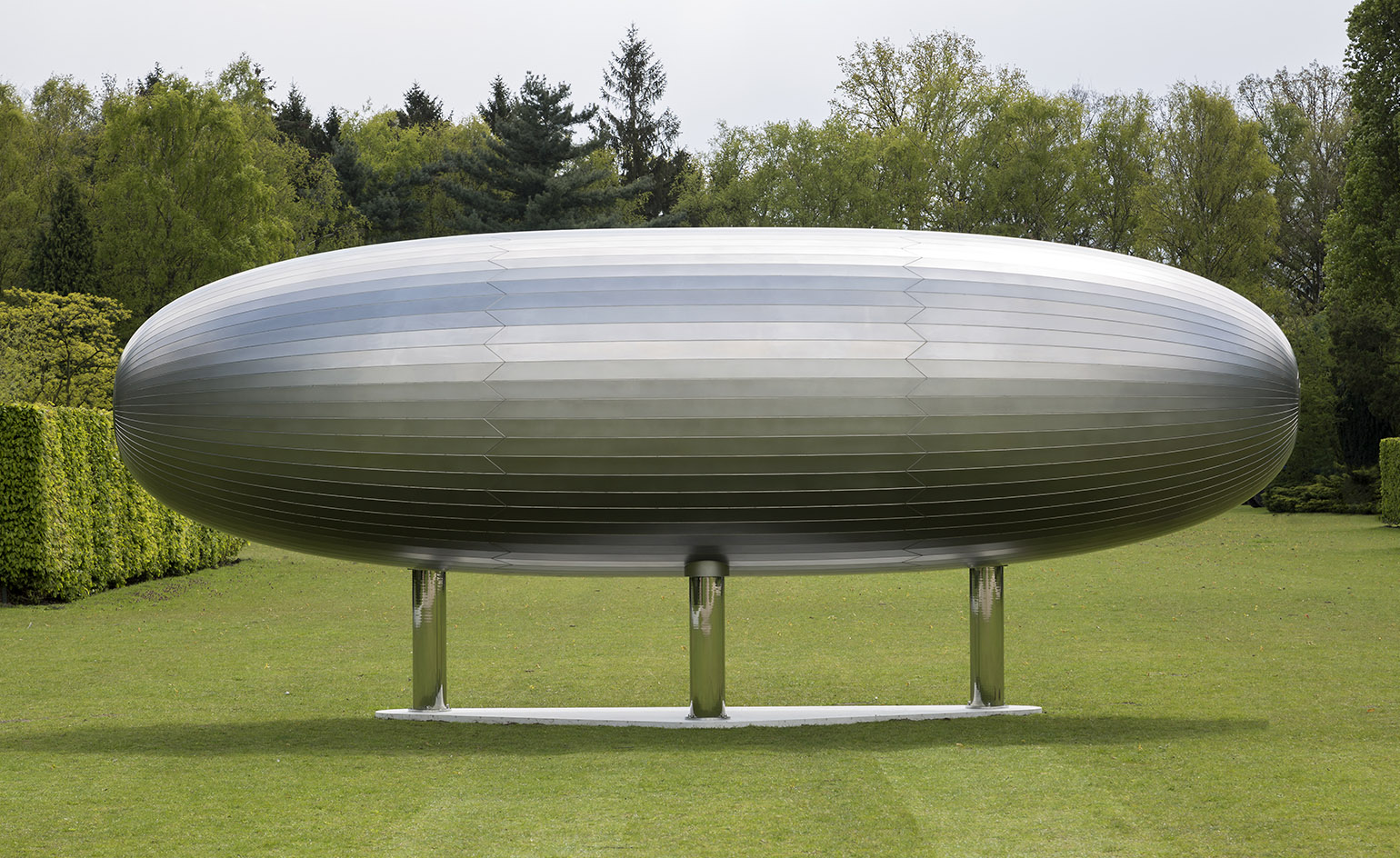
Richard Deacon’s first outdoor sculpture show, which opens this weekend in Antwerp, is long overdue. It’s been 30 years since the artist, one of the leading British sculptors of his generation, won the Turner Prize. But the circumstances of this show are somewhat novel, since it has its origins in a bold admission of failure.
In 1993 the Middelheim Museum, a wonderful city-based sculpture park with a historic collection ranging from Rodin to Ai Weiwei, bought one of Deacon’s biggest and most ambitious works. Never Mind was a beautiful giant balloon-like structure crafted out wood. Defying its weighty material properties, it appeared to expand outward and float over the earth like a ghost ship.
The sculpture decayed unexpectedly quickly, and the museum locked it out of site. ‘Nobody wanted to talk about it,’ says Middelheim Museum director Sara Weyns. However, the sad story of Never Mind became for Weyns a very important one. She began to see it as a brilliant way to address a bigger question that the contemporary art world is now facing: that of the unknowablity of the future of contemporary art. How will it survive and live on, given the new, untested materials and techniques that so many use?
Deacon’s answer has been to recreate the piece in stainless steel. A new work altogether, it lives on defiant, robust, purpose-built for the future – even futuristic in a spaceship kind of way.
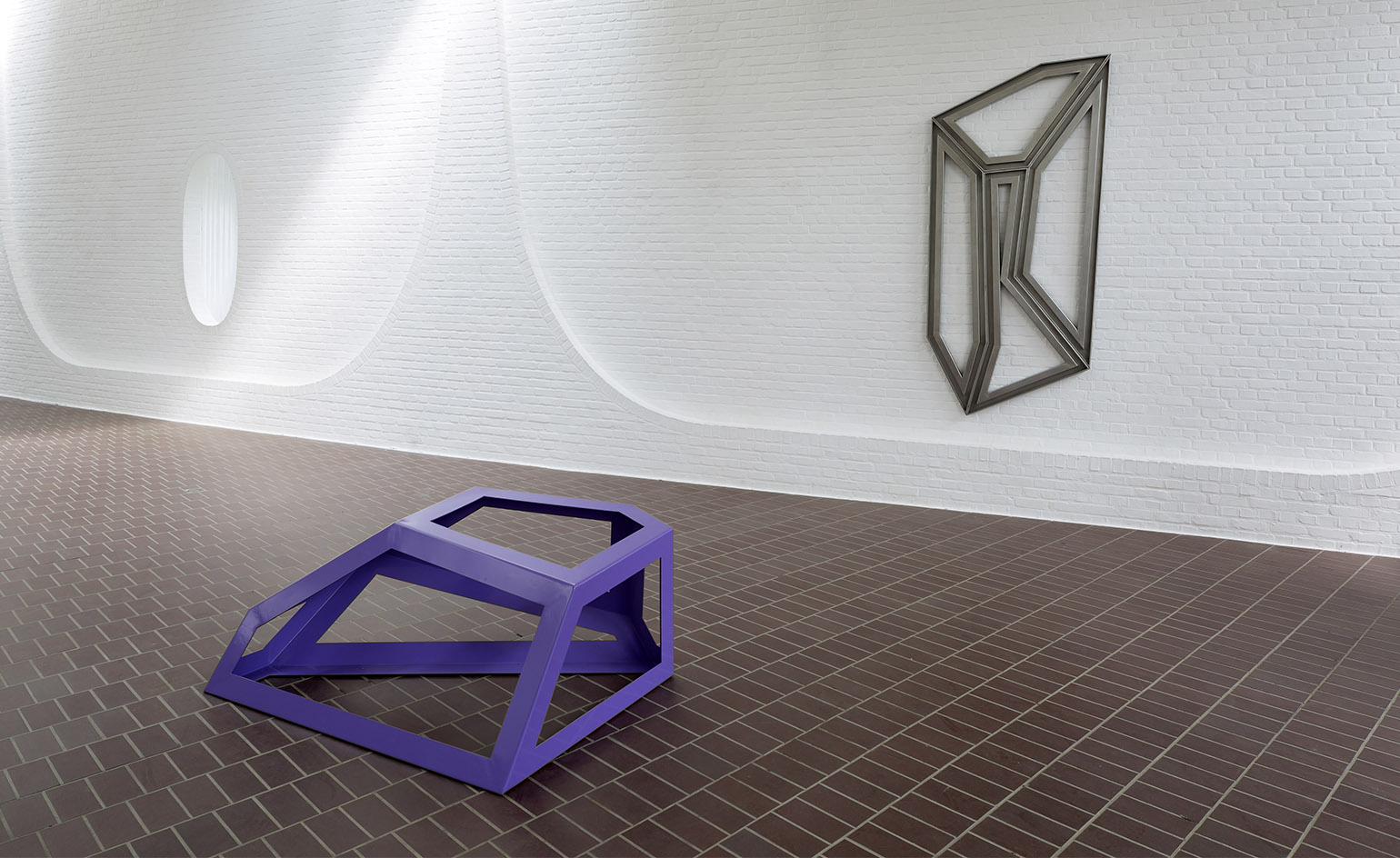
Something Else Works, 2013, and Alphabet, 2015
What the exhibition stands for, with Never Mind at its heart, is not the sad ephemerality of beauty, but the pioneering human drive to improve, recreate, and adapt. And perhaps more importantly for Deacon, it highlights the risk his practice takes.
When talking about his work, it’s his willingness to embrace failure that gets him excited. ‘I love glazing clay,’ he says. ‘It’s the only way I like to paint, because you don’t have any idea what it’s going to look like. That’s extremely liberating.’
As one walks around the grounds of Middelheim, Deacon’s streak of risk becomes apparent in everything he does. It’s essential – because he wants to make the material perform in uncharacteristic, surprising ways.
Giant, fragile columns of ceramics have been assembled as if in free-fall, arranged in an off-balance way. Planks of wood have been twisted into ribbons that create a delicate cradle filled with light. They seem elastic – until you see how firmly fixed they are with metal framework at the sides.
‘Fluidity and fixedness are two sides of a rather interesting divide,’ says Deacon, ‘like being alive or dead.’ A love of risk must be united with a grounded respect for nuts and bolts realities of technique and process – as well as a true artist’s willingness to get it wrong.
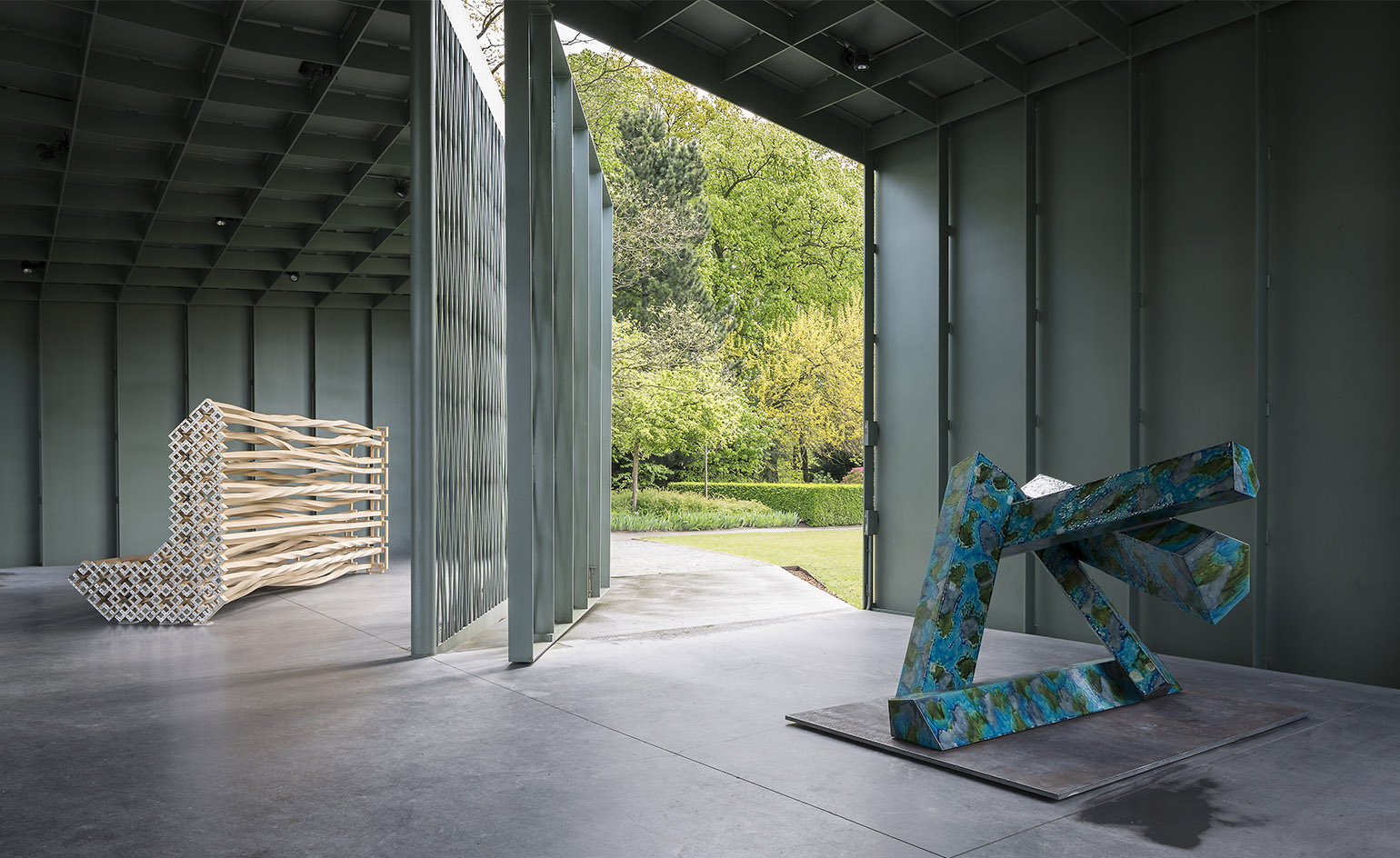
Left, I Remember (3), 2013. Right, Morning Assembly, 2008
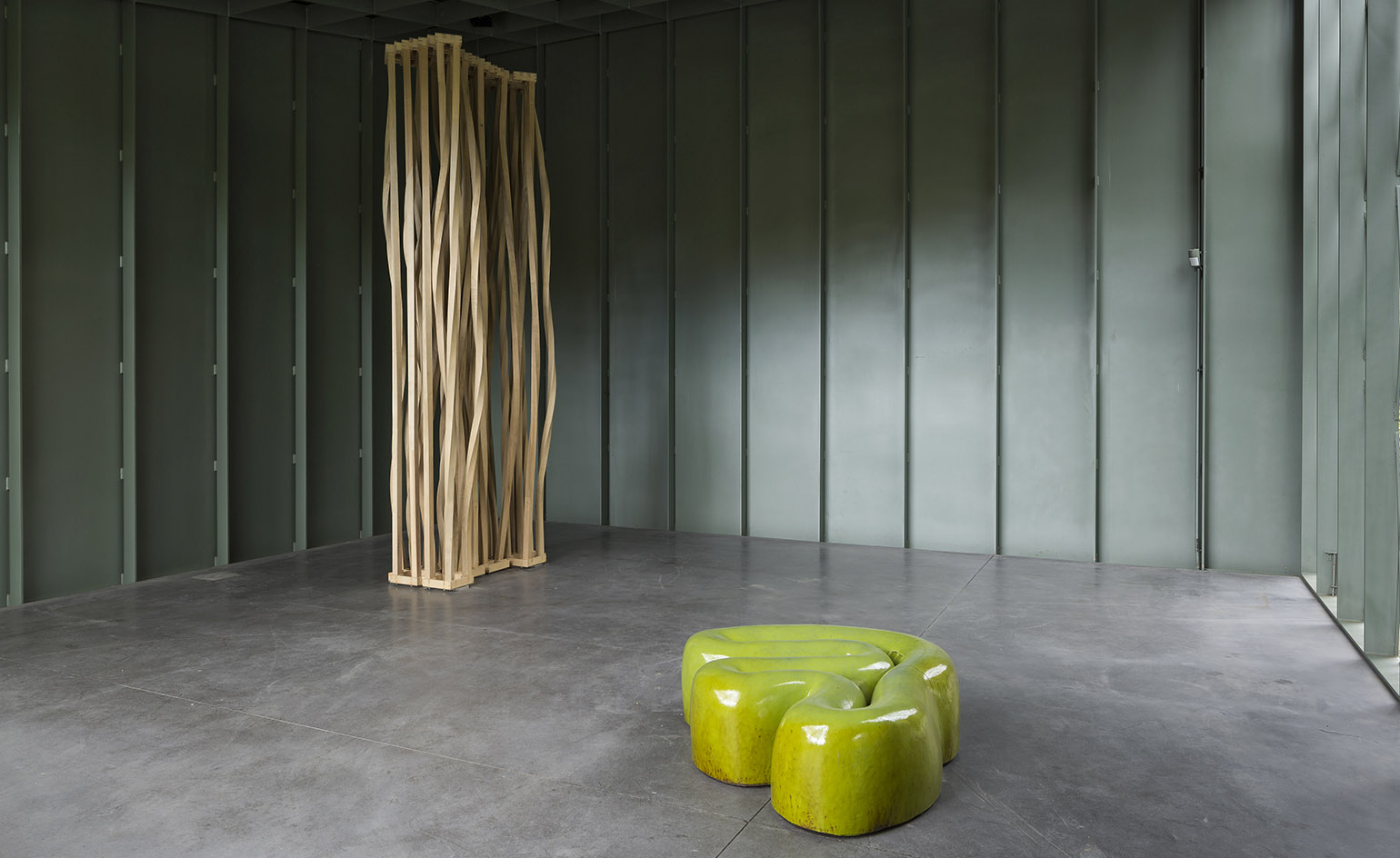
Left, I Remember (1), 2012. Right, Tomorrow And Tomorrow And Tomorrow ‘H’, 2000
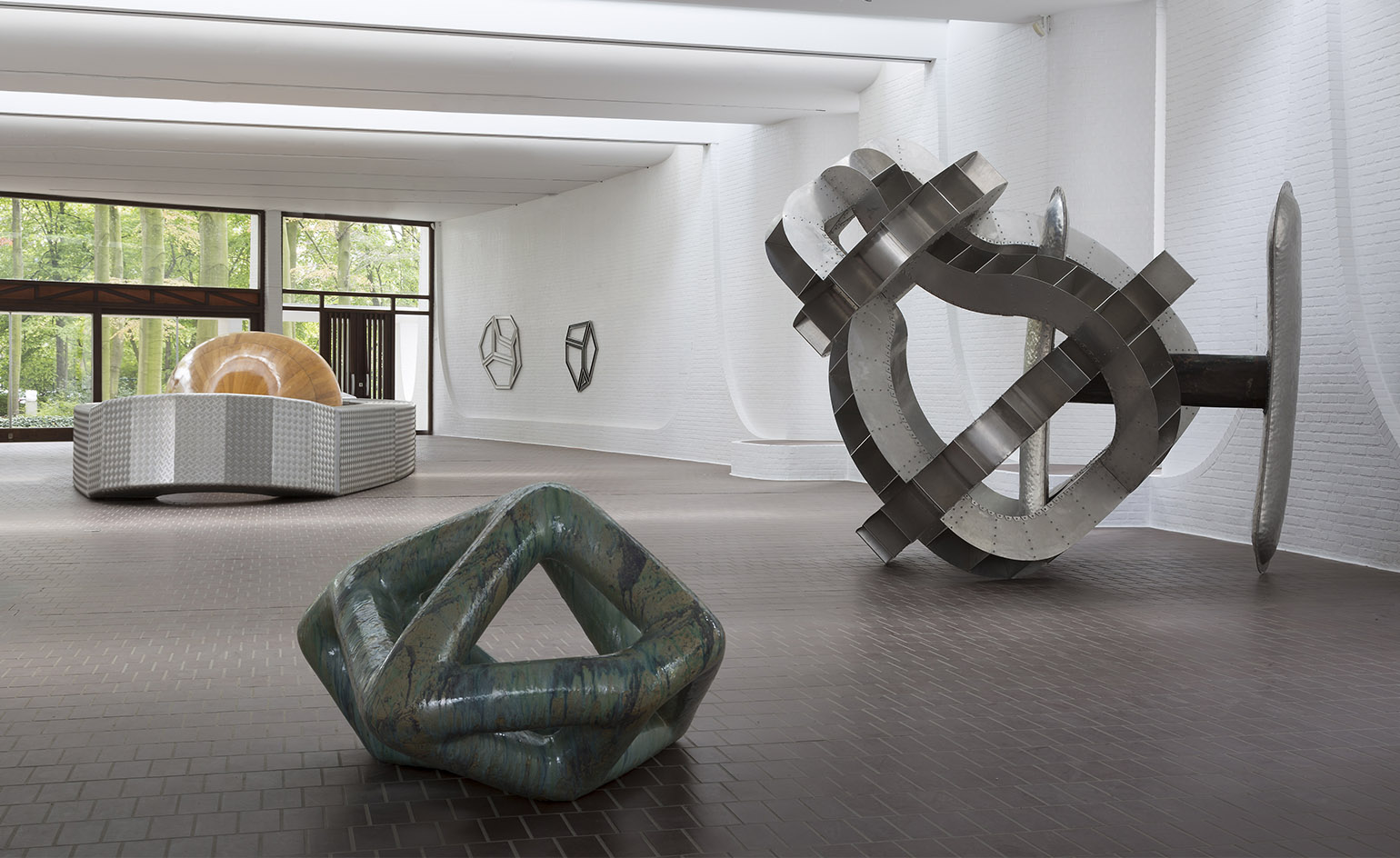
From left, Bikini, 1992; Like You Know, 2002; Body Of Thought #2, 1984
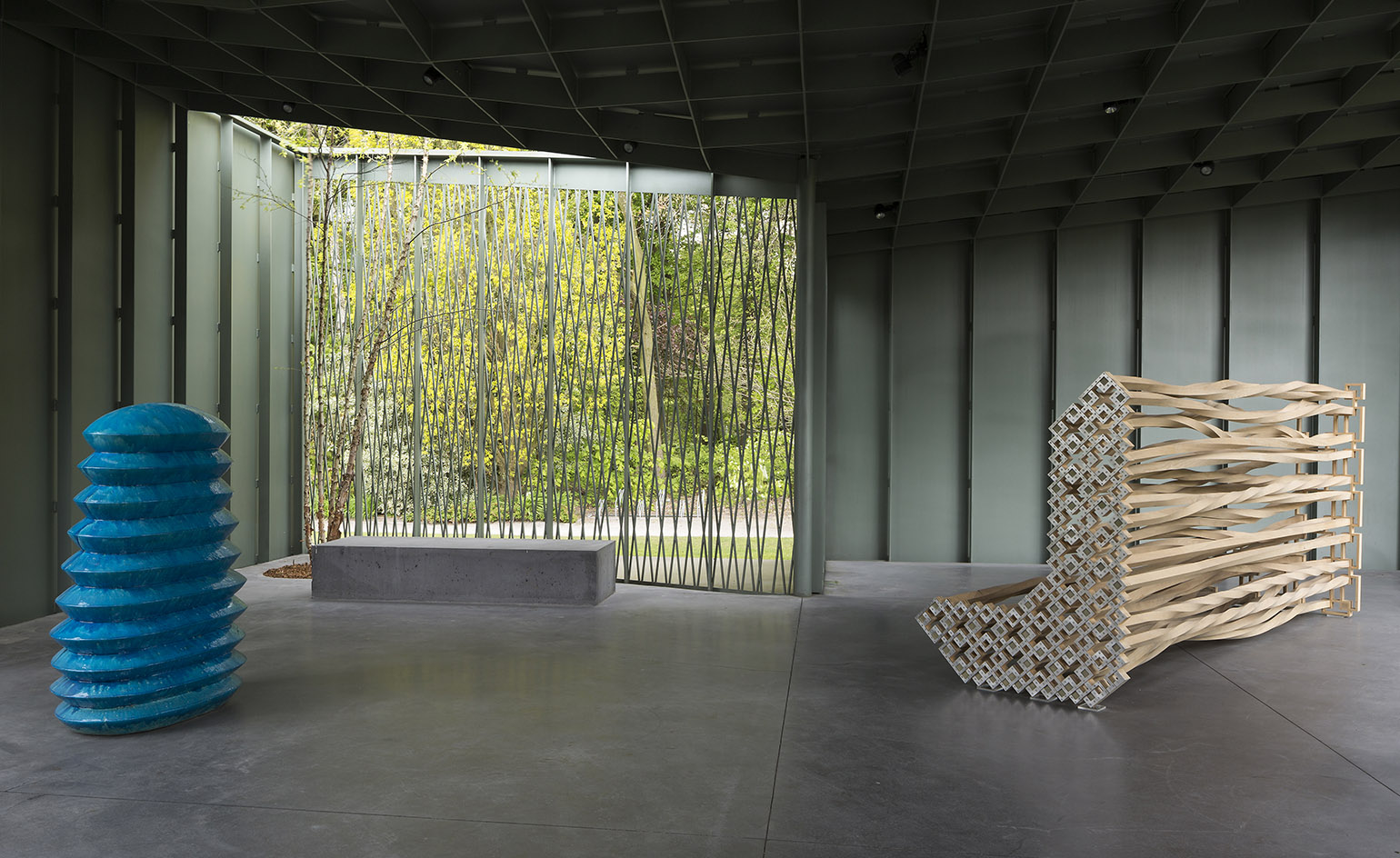
Left, Tomorrow And Tomorrow And Tomorrow ‘B’, 1999. Right, I Remember (3), 2013
INFORMATION
‘Richard Deacon: Some Time’ runs from 27 May – 24 September. For more information, visit the Middleheim Museum website
ADDRESS
Middelheimlaan 61
2020 Antwerp
Wallpaper* Newsletter
Receive our daily digest of inspiration, escapism and design stories from around the world direct to your inbox.
-
 Australian bathhouse ‘About Time’ bridges softness and brutalism
Australian bathhouse ‘About Time’ bridges softness and brutalism‘About Time’, an Australian bathhouse designed by Goss Studio, balances brutalist architecture and the softness of natural patina in a Japanese-inspired wellness hub
By Ellie Stathaki
-
 Marylebone restaurant Nina turns up the volume on Italian dining
Marylebone restaurant Nina turns up the volume on Italian diningAt Nina, don’t expect a view of the Amalfi Coast. Do expect pasta, leopard print and industrial chic
By Sofia de la Cruz
-
 Tour the wonderful homes of ‘Casa Mexicana’, an ode to residential architecture in Mexico
Tour the wonderful homes of ‘Casa Mexicana’, an ode to residential architecture in Mexico‘Casa Mexicana’ is a new book celebrating the country’s residential architecture, highlighting its influence across the world
By Ellie Stathaki
-
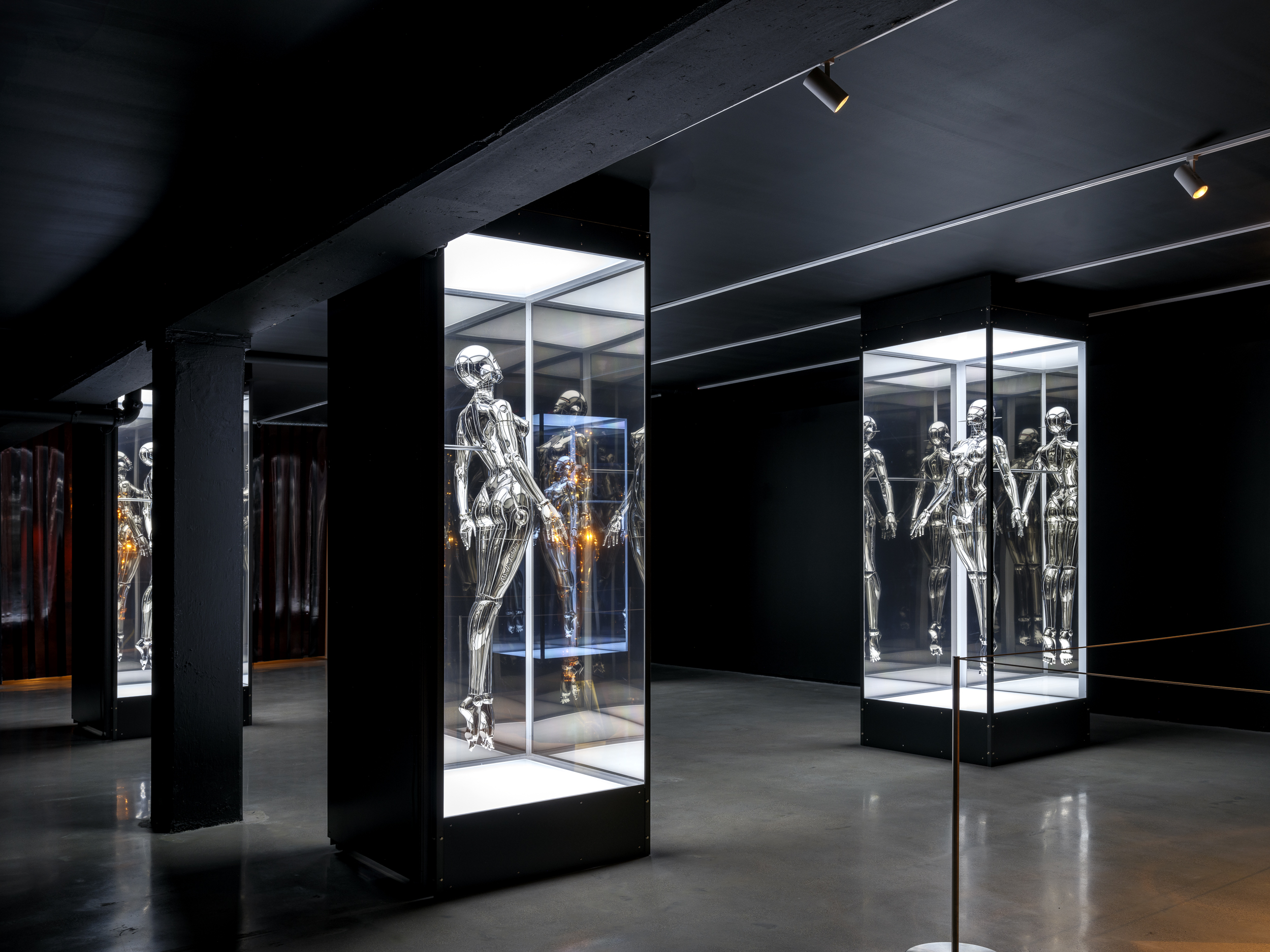 Miami’s new Museum of Sex is a beacon of open discourse
Miami’s new Museum of Sex is a beacon of open discourseThe Miami outpost of the cult New York destination opened last year, and continues its legacy of presenting and celebrating human sexuality
By Anna Solomon
-
 Inside Jack Whitten’s contribution to American contemporary art
Inside Jack Whitten’s contribution to American contemporary artAs Jack Whitten exhibition ‘Speedchaser’ opens at Hauser & Wirth, London, and before a major retrospective at MoMA opens next year, we explore the American artist's impact
By Finn Blythe
-
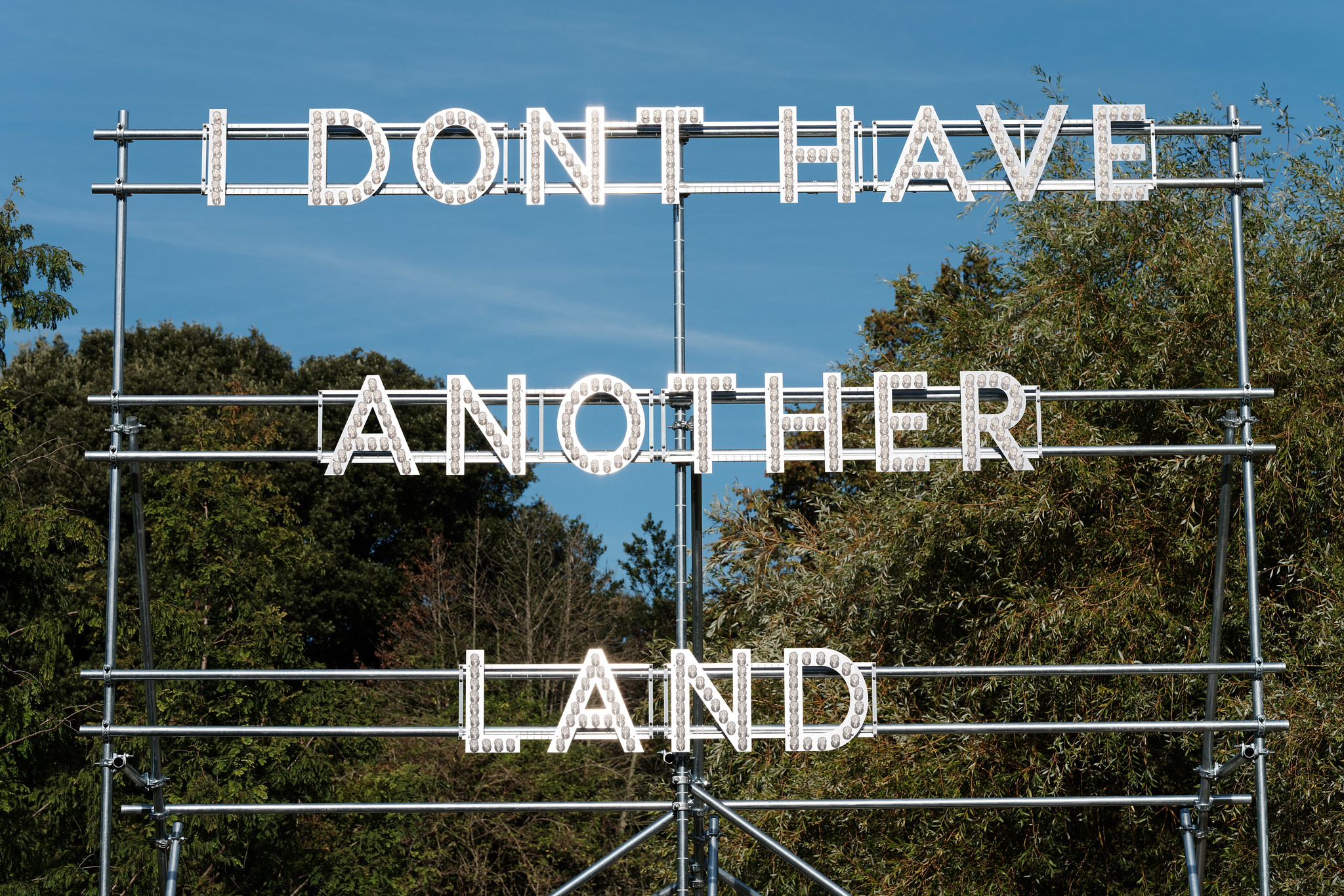 Frieze Sculpture takes over Regent’s Park
Frieze Sculpture takes over Regent’s ParkTwenty-two international artists turn the English gardens into a dream-like landscape and remind us of our inextricable connection to the natural world
By Smilian Cibic
-
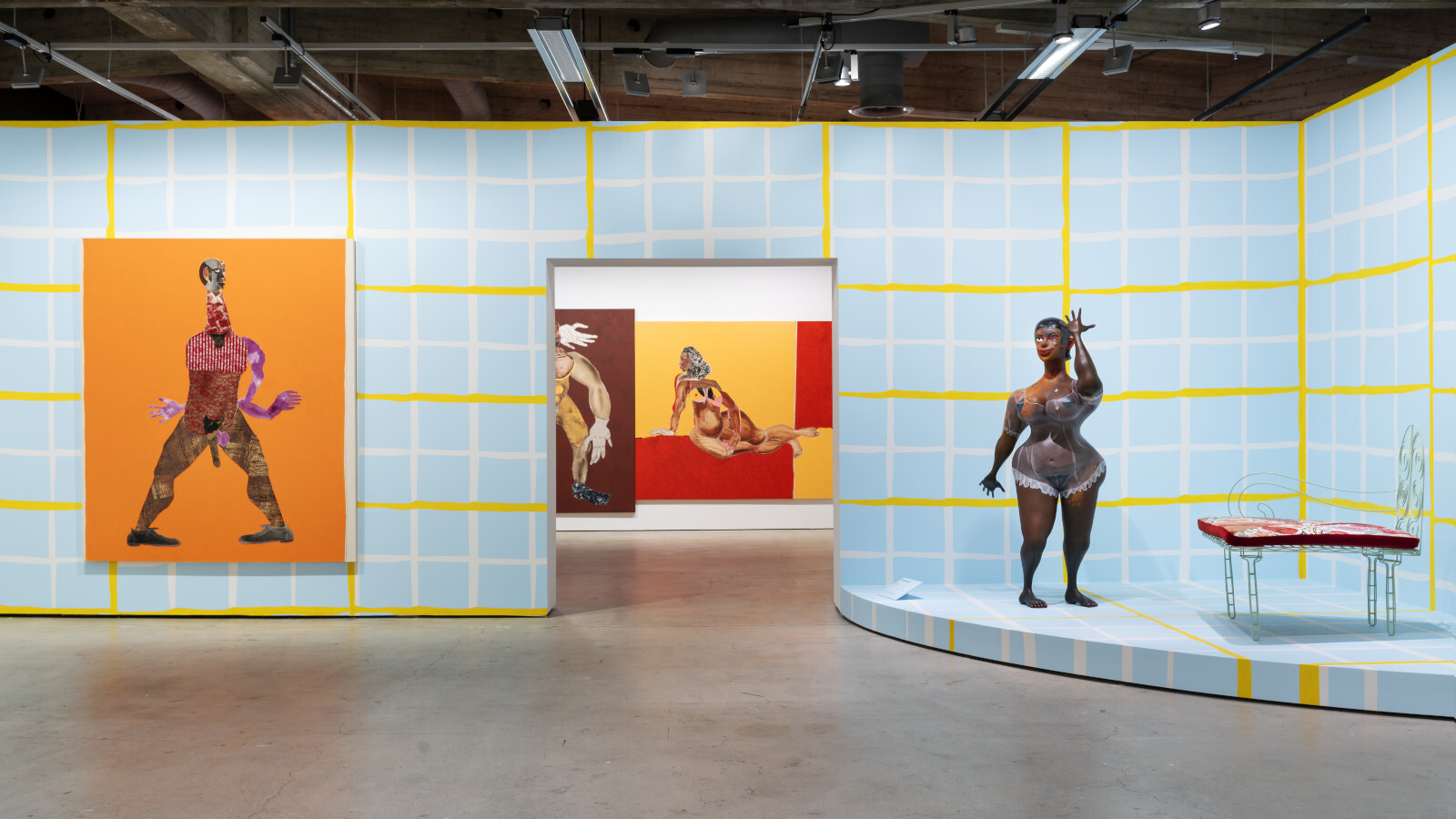 Harlem-born artist Tschabalala Self’s colourful ode to the landscape of her childhood
Harlem-born artist Tschabalala Self’s colourful ode to the landscape of her childhoodTschabalala Self’s new show at Finland's Espoo Museum of Modern Art evokes memories of her upbringing, in vibrant multi-dimensional vignettes
By Millen Brown-Ewens
-
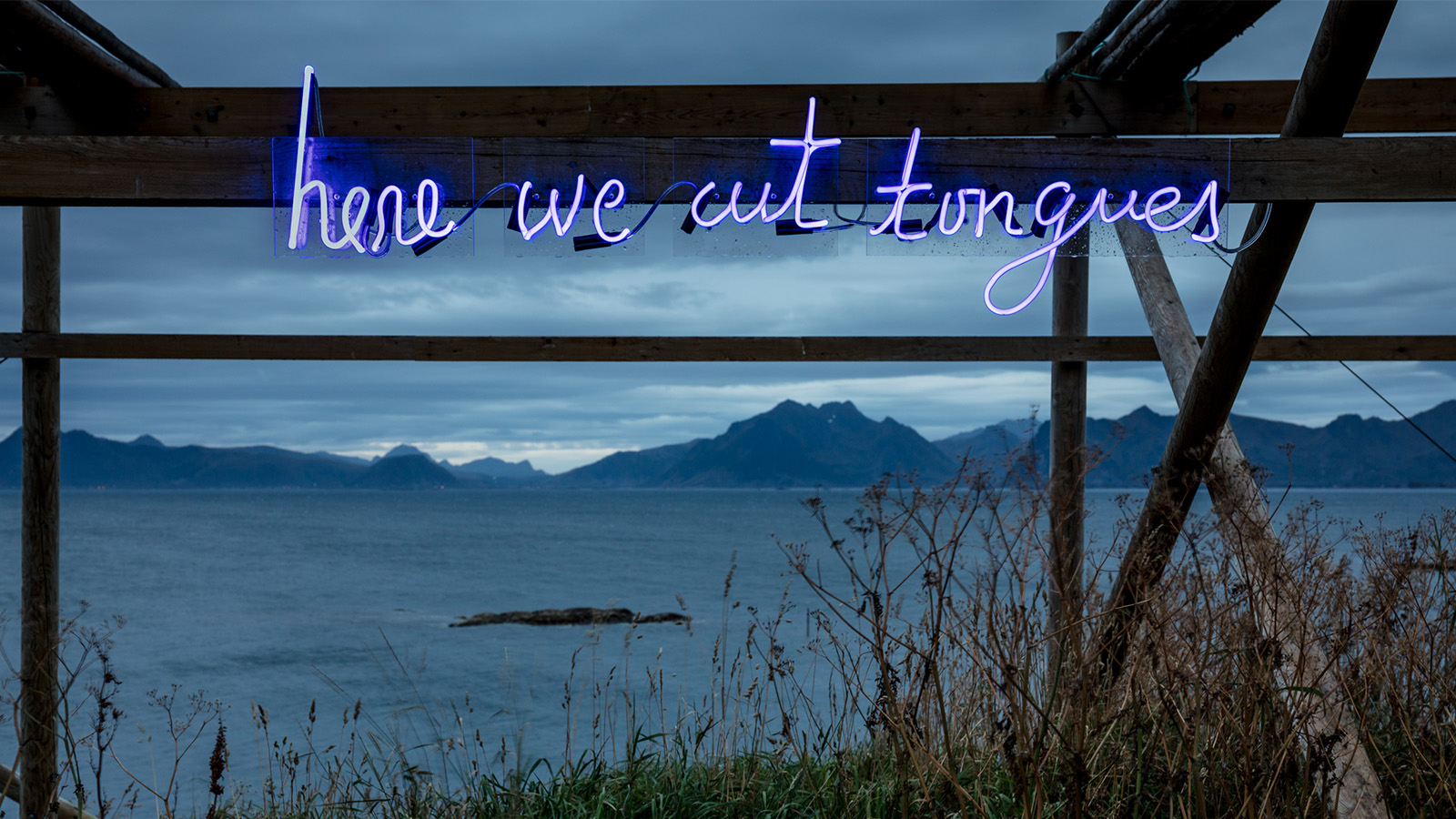 Wanås Konst sculpture park merges art and nature in Sweden
Wanås Konst sculpture park merges art and nature in SwedenWanås Konst’s latest exhibition, 'The Ocean in the Forest', unites land and sea with watery-inspired art in the park’s woodland setting
By Alice Godwin
-
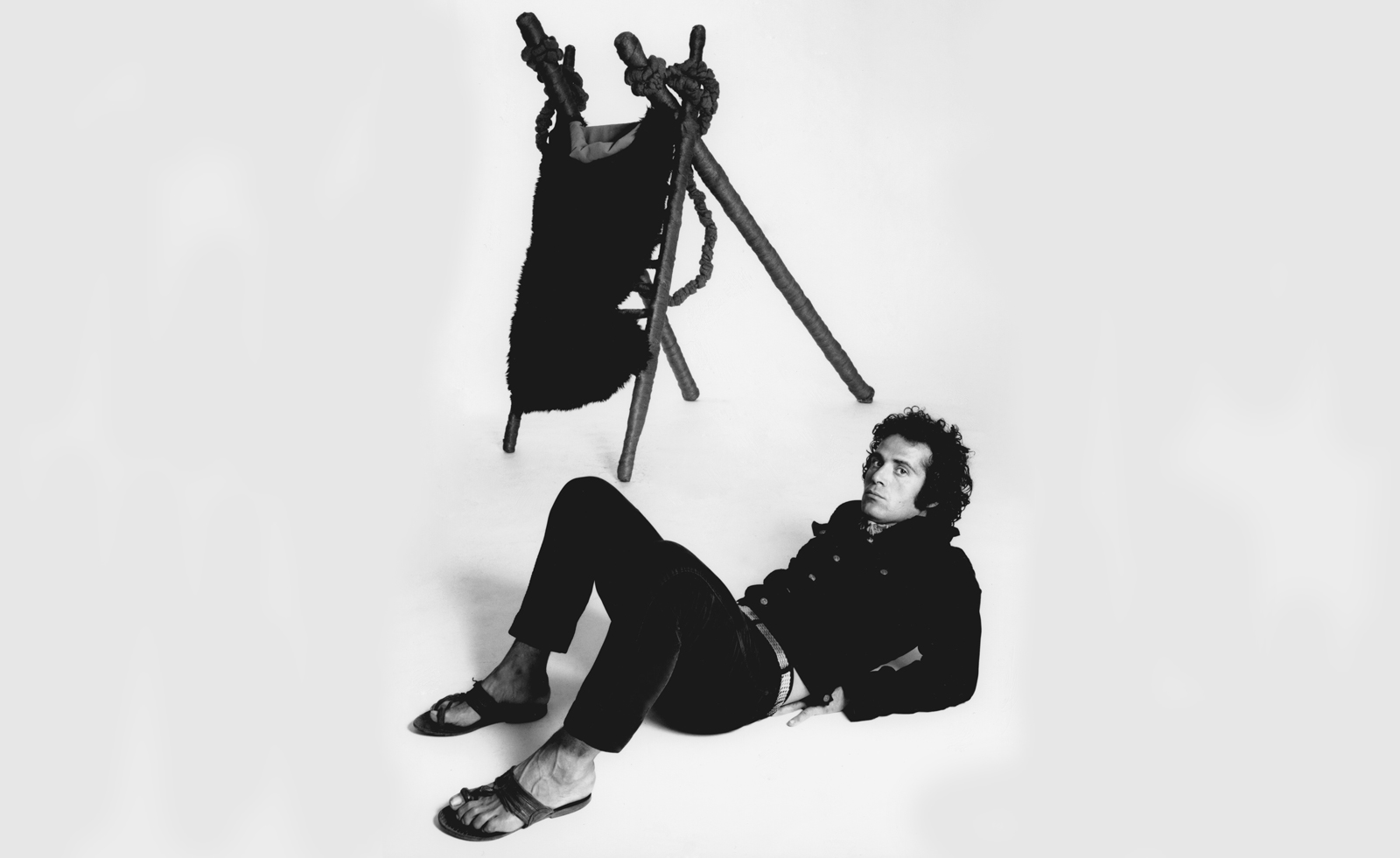 Pino Pascali’s brief and brilliant life celebrated at Fondazione Prada
Pino Pascali’s brief and brilliant life celebrated at Fondazione PradaMilan’s Fondazione Prada honours Italian artist Pino Pascali, dedicating four of its expansive main show spaces to an exhibition of his work
By Kasia Maciejowska
-
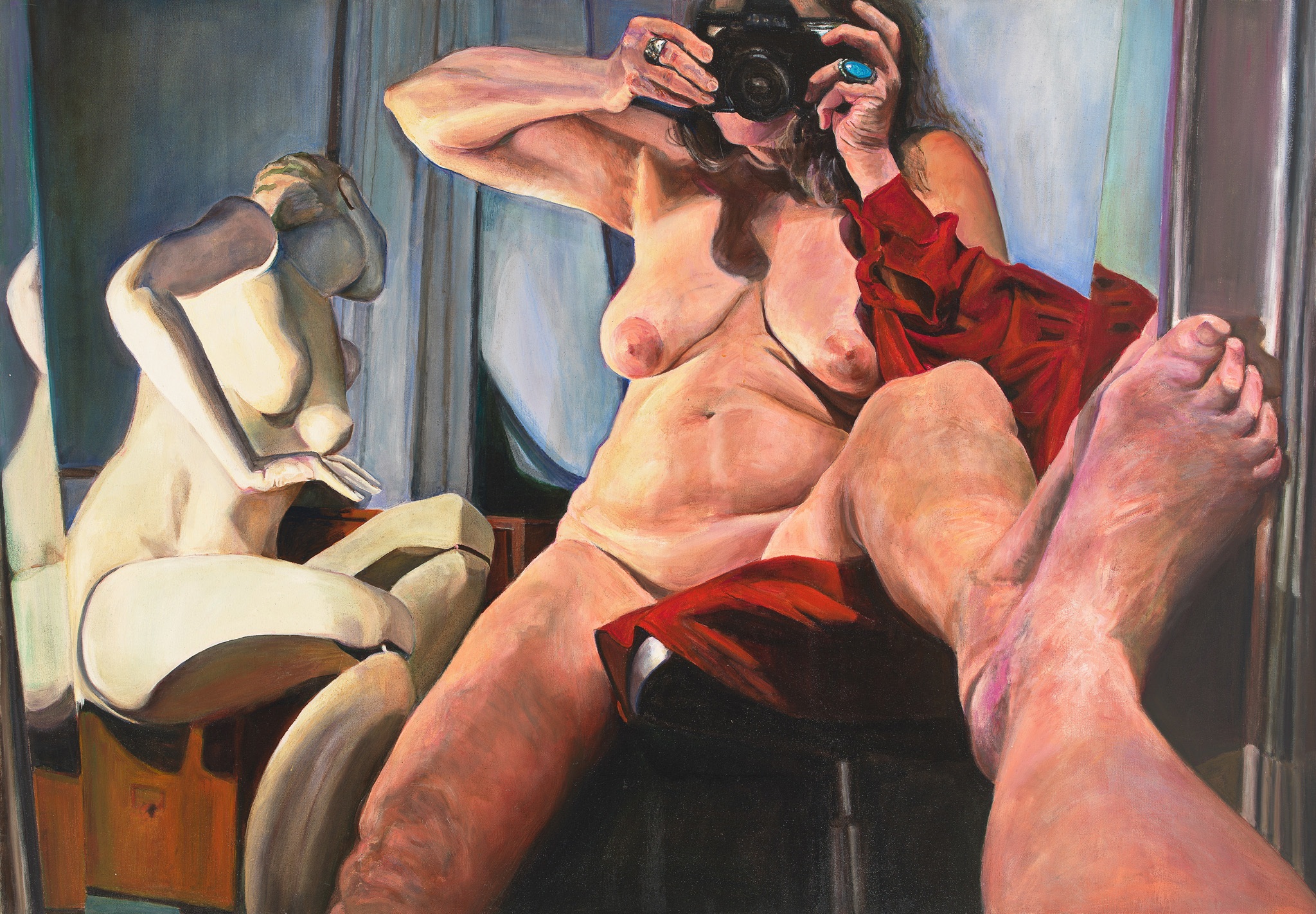 The ageing female body and the cult of youth: Joan Semmel in Belgium
The ageing female body and the cult of youth: Joan Semmel in BelgiumJoan Semmel’s ‘An Other View’ is currently on show at Xavier Hufkens, Belgium, reimagining the female nude
By Hannah Silver
-
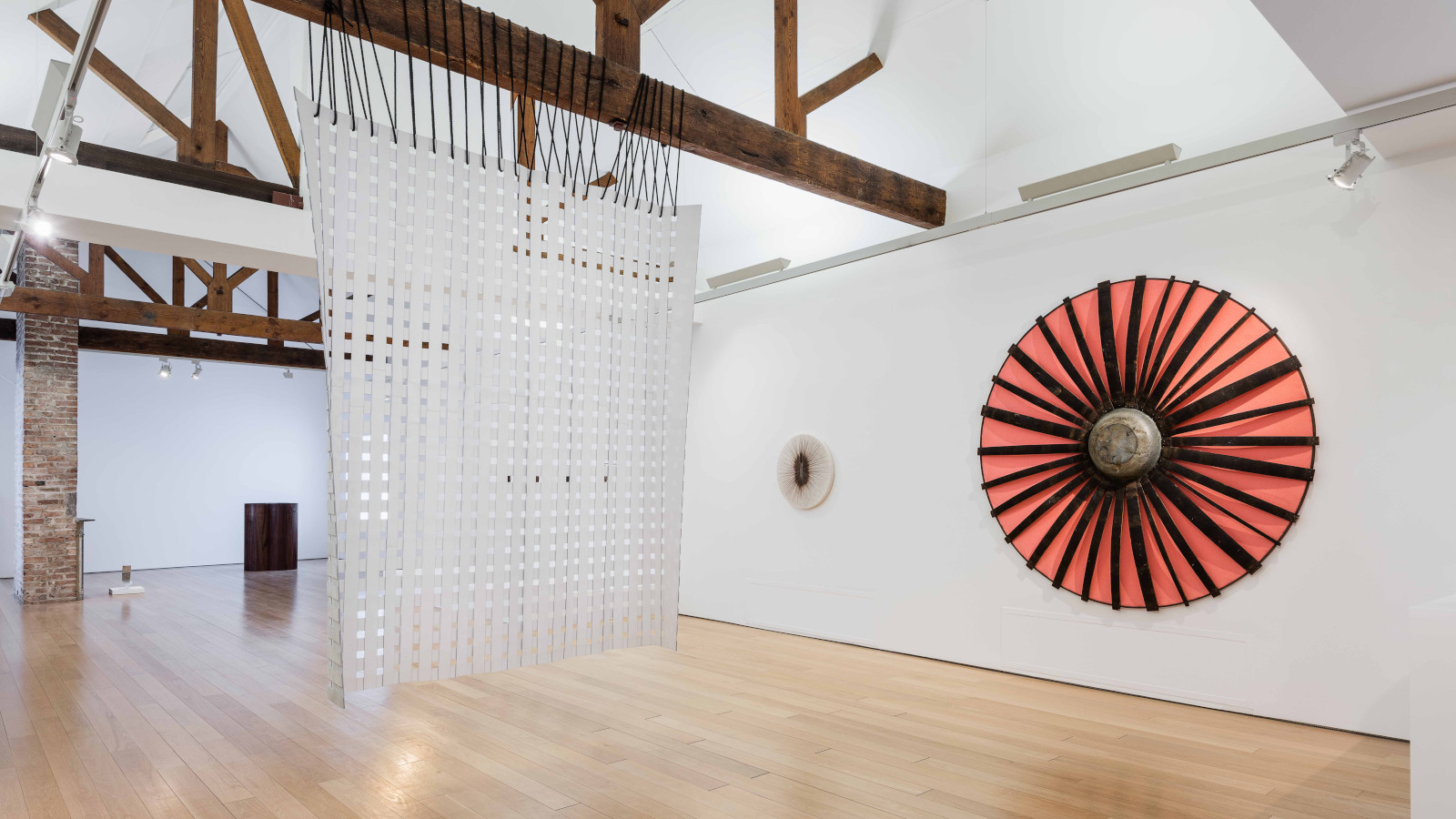 John Cage’s ‘now moments’ inspire Lismore Castle Arts’ group show
John Cage’s ‘now moments’ inspire Lismore Castle Arts’ group showLismore Castle Arts’ ‘Each now, is the time, the space’ takes its title from John Cage, and sees four artists embrace the moment through sculpture and found objects
By Amah-Rose Abrams